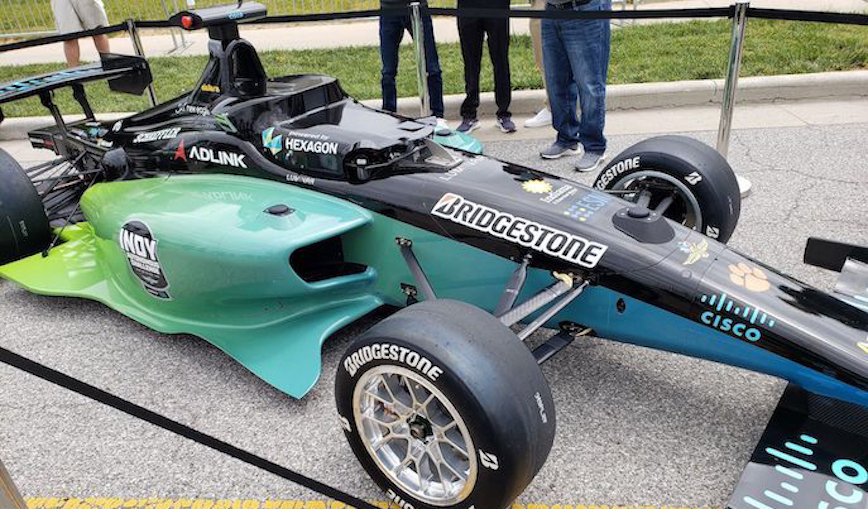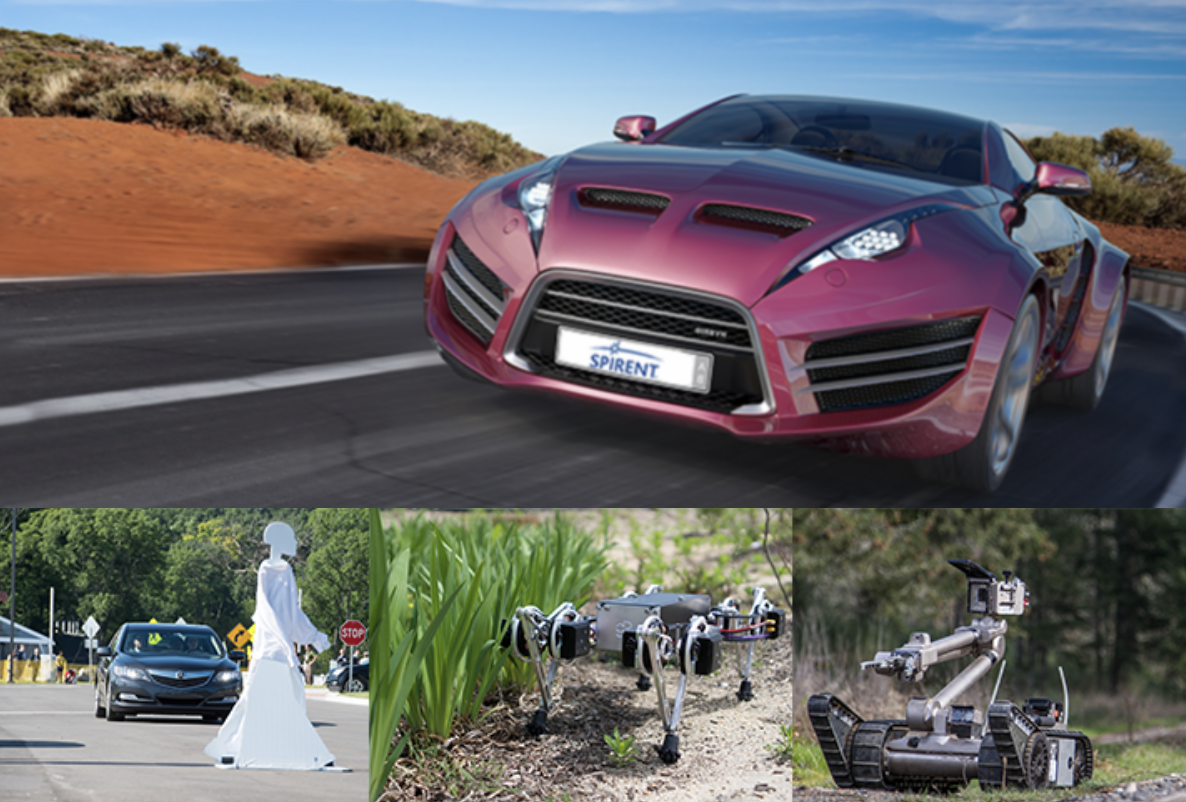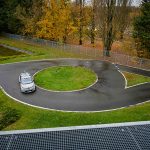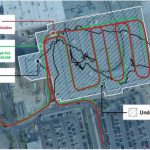On Memorial Day, just prior to the running of the legendary Indy 500 race, a new speedway star came out to shine. A driverless racecar, no less, aiming for track speeds above 120 mph with no human hands on the wheel. The Dallara Lite has been kitted out with sensors and a drive-by-wire system, one identical car for each of the Indy Autonomous Challenge teams. The most advanced autonomous racecar in the world will compete at the historic Indianapolis Motor Speedway on October 23.
Hexagon’s Autonomy & Positioning division, in the form of NovAtel and AutonomouStuff, besides donating the GNSS receivers for all the cars, acted as subject matter expert for Clemson University’s Deep Orange team of highly skilled graduate students and professors. Clemson is not competing in the race but the Deep Orange team assembled the “over-spec’d” sensor kit for the prototype Dallara reference vehicle. AutonomouStuff is now replicating the process for 20 identical models.
“It’s quite simple,” says Chris Paredis, professor and BMW Endowed SmartState Chair in Systems Integration at Clemson University, and director of the Deep Orange program. The latter is a vehicle prototype Master’s degree program offered annually by the Clemson University International Center for Automotive Research.
“We have 2 GNSS units, two Pwrpak7-Ds with full multi-frequency, multi-constellation satellite configuration.” The PwrPak7-D contains an Epson G320 MEMS IMU to deliver NovAtel SPAN technology, a tightly coupled GNSS+inertial engine in an integrated, single-box solution. It has a powerful OEM7 GNSS engine, integrated MEMS IMU, built-in Wi-Fi, on-board NTRIP client and server support, and 16 GB of internal storage. The PwrPak7-D also has enhanced connection options including serial, USB, CAN and Ethernet.
Each vehicle carries one primary compute node contributed by sponsor ADLink, an Intel Xeon processor with a high-end RTX unit, and a high-end GPU. The teams will use it for the perception pipelines and fashioning their highline behavioral planner. That computer is connected to a high-speed switch to which all the peripherals are connected. It has a capacity of 40 gigabits per system for the 6 cameras, 3 LiDARs, and the 2 GNSS. Each Dallara will also cary 4 radar, but they are directly connected to the computer, because their interface is CAN-based rather than ethernet-based.
For communication purposes, going through that same switch is a V2X wireless communication system by Fluidmesh, communicating with zero-latency handoffs between racetrack base stations at high speed. Cisco Systems will install the wireless base stations on the track for the final race in October; number to be determined, with very directional antennas.
See previous race coverage here (December 2020) and here (January 2021). Stay tuned to Inside Autonomous Vehicles for more IAC news as it develops — the fastest car around the track wins $1 million for its team!






